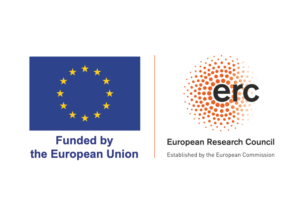Project title: BioChord – Biomimetic engineered chordae tendineae for valve repair and regeneration
Start/end date: 1 October 2023 – 31 March 2025
Funding Agency/Programme: European Research Council (ERC) – Proof Of Concept (ERC-2023-POC)
Partnership: Fondazione Ri.MED
Abstract: The human heart is among those organs suffering from a limited capacity to self-regenerate. Heart diseases continue to be a leading cause of mortality with suboptimal therapeutic options. Thus, deploying new therapeutic strategies for tissue repair is a primary objective in modern cardiac medicine. Valvular heart diseases, such as those related to the Mitral Valve (MV), are the leading causes of cardiovascular morbidity and mortality worldwide, affecting 5.1% of the 65+ years old population. In particular, MV regurgitation, one of the most common valvopathies, affects over 24 million people worldwide. Since the fundamental nature of MV regurgitation is mechanical, caused by physical, irreversible damage to the restraining force structures of the valvular apparatus, the only effective treatment is limited to the surgical approaches that include MV repair or replacement. However, when the regurgitation is due to Chordae Tendinae (CT) elongation or rupture, several studies have demonstrated the substantial advantages of MV repair, using a substitute for the damaged CT vs. MV replacement. Currently, the expanded polytetrafluoroethylene (ePTFE) has become the standard approach in CT repair/replacement. However, several complications (rupture, calcification, detachment, fibrosis, and slippage) have been observed. Hence, there continues to be an urgent need to develop better MV repair techniques that are simple, effective, and durable. In this proposal, we intend to further advance and validate BioChord, the first ever polymeric bioengineered regenerative CT, designed to first repair the MV by replacing the diseased CT, providing mechanical support to the valvular apparatus, then to be restored by the patient tissue, progressively becoming a functional tendon like structure that, as a native CT, while connecting the valve leaflet to the papillary muscle, will sustain the valvular apparatus with blood and nutrients.
Principal Investigator: Antonio D’Amore
Leading Scientist: Arianna Adamo
Laboratory: Tissue Engineering Laboratory

